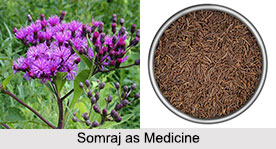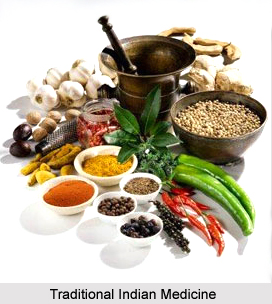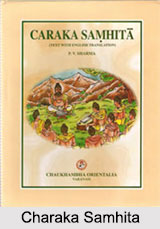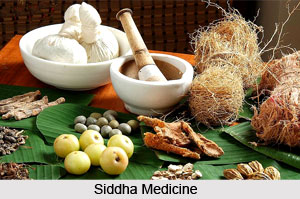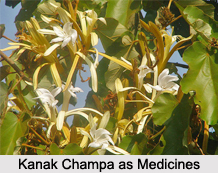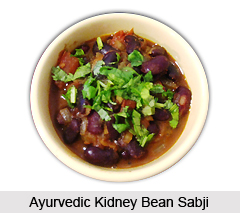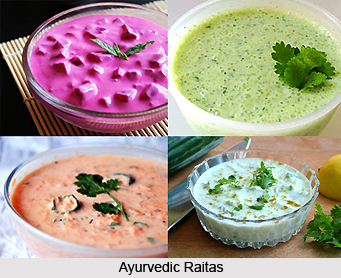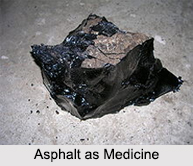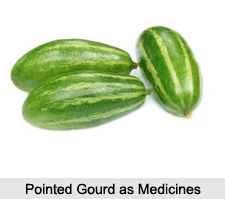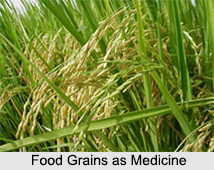 Food grains have been popular due to the various health benefits they provide. They are important sources of dietary fiber, vitamins and minerals. The following varieties of food grains belonging to this important natural order are mentioned by Sanskrit writers:
Food grains have been popular due to the various health benefits they provide. They are important sources of dietary fiber, vitamins and minerals. The following varieties of food grains belonging to this important natural order are mentioned by Sanskrit writers:
•Oryza sativa - Dhan in Bengali
•Triticum vulgare - Genhu in Hindi
•Hordeurn hexastichum - Jab in Bengali. These three are considered the best of grains.
The following varieties pass by the name of Kudhanya or inferior grains and Kshudra dhanya or minor grains.
•Holchus Sorghum - Jowar
•Letaria Italica - Millet
•Panicum miliaceum - China ghas in Bengali
•Panicum frumentaceum - Shyamadhan in Bengali
•Paspalum scrobiculatum- Kodoadhan in Bengali
•Wild variety of Oryza sativa
•Penicellaria Spicata - Bajra
•Eleusine corocana - Ragi
•Andropogon Saccharatus - Deodhan in Bengali
•Seeds of Bambusa arundinacea
•Seeds of Saccharum Sara
•Avena Sativa - Oats
Benefits of Food Grains
Oryza Sativa or Rice is the principal and often the only food of the great mass of the Indian population. The varieties of rice are numerous and confounding. Rakta sali popularly known as Daudkhani is the variety of rice that is considered superior to all others and suited for use by sick persons. The preparations of rice used in sick diet and described in Sanskrit medical works are as follows:
Yavagu or powdered rice boiled with water for the use of the sick and convalescent. Sometimes, instead of water, a decoction of medicinal herbs is used in preparing yavagu.
Laja i.e. Khai is paddy fried in a sand bath. The husks open out and the rice swells into a light spongy body. It is considered a light article of diet suited to invalids and dyspeptics.
Bhrishta tandula i.e. Muri is rice fried in a sand bath. This is also a light preparation of rice and is given to sick persons as a substitute for boiled rice.
Prithuka i.e. Chura, to prepare this, paddy is moistened and lightly fried. It is then flattened and husked. This preparation of rice is given with curd in dysentery.
Triticum Vulgare i.e. Wheat is considered the most nutritive of the food grains, but less easily digested than rice.
Hordeum Hexastichum i.e. Barley though less esteemed than wheat is more employed in the dietary of the sick. It is chiefly used in the form of saktu or powder of the parched grains. Gruel prepared with saktu is said to be easily digested and to be useful in painful dyspepsia.
Poultices made of rice, barley or wheat flour, with the addition of oil or clarified butter, are applied to abscesses for speeding up suppuration.








